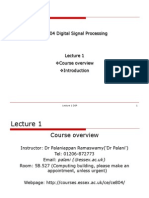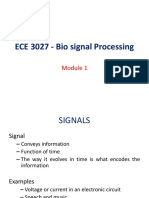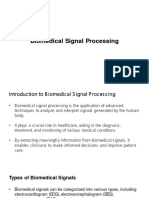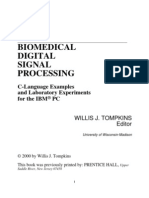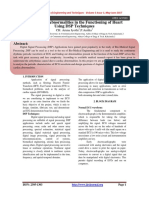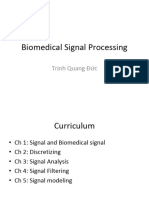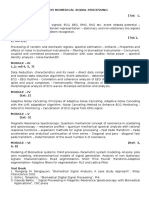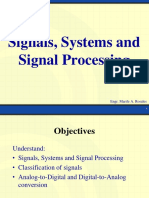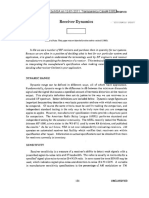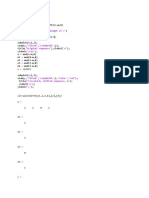0% found this document useful (0 votes)
29 views26 pagesPart1 - Biosignal Processing Introduction
Uploaded by
khaledwaled535Copyright
© © All Rights Reserved
We take content rights seriously. If you suspect this is your content, claim it here.
Available Formats
Download as PDF, TXT or read online on Scribd
0% found this document useful (0 votes)
29 views26 pagesPart1 - Biosignal Processing Introduction
Uploaded by
khaledwaled535Copyright
© © All Rights Reserved
We take content rights seriously. If you suspect this is your content, claim it here.
Available Formats
Download as PDF, TXT or read online on Scribd
/ 26








